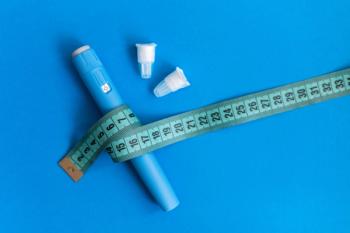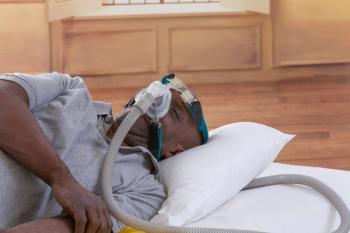
Estimating the Cost-Effectiveness of PrEP Over 40 Years
Short-term investments pertaining to the distribution of PrEP are expected to result in long-term cost-savings and promote significant health benefits following its introduction in Germany, according to a new modelling study.
Short-term investments in pre-exposure prophylaxis (PrEP) are predicted to result in long-term cost-savings and promote significant health benefits following its distribution in Germany, according to a
Researchers found that
The total cost of HIV-related care was estimated to be $41.2 billion over a span of 40 years. PrEP could initially raise costs by a maximum of $171 million during the first 10 years of its implementation. However, it has the potential to become cost-saving following the first 10 years after its introduction, when the total savings from averted HIV infections begin to exceed the costs of a PrEP regimen, amassing a total savings of $5.8 billion towards HIV-related spending by 2058. Upon sensitivity analysis, PrEP could still cut costs at a 70% price reduction of antiretroviral drug treatment and lower levels of effectiveness.
Researchers calibrated a deterministic mathematical model to the HIV epidemic affecting MSM in Germany. PrEP has been found to reduce the risk of HIV infection by 85% regardless of whether it was used daily or at-will. Costs were calculated from a healthcare payer perspective using a 40-year timeline spanning from 2018 to 2058.
Cost components included prices of antiretroviral drugs and both direct and indirect healthcare expenses. Direct costs included outpatient visits to medical specialists, hospitalization, and rehabilitation. Indirect costs included home care, domestic assistance, travel-related expenses, and sick leave. Researchers defined the cost of PrEP as the total cost of the drug itself, of visiting a physician who prescribes PrEP, of examining adverse effects of the drug, and of testing for sexually-transmitted infections.
The study authors explained that PrEP has been an extremely effective HIV prevention strategy for MSM, but until recently, the drug’s high cost has been the most substantial barrier to its widespread utilization. However, the patent on tenofovir disoproxil fumarate and emtricitabine expired in 2017 in Germany, resulting in a 90% reduction in price when a generic form became available. The cost of PrEP in Germany fell from €700 to €50 (approximately $797 to $57) for a 28-day supply, significantly increasing its accessibility.
Reference
Van de Vijver D, Richter A, Boucher C, et al. Cost-effectiveness and budget effect of pre-exposure prophylaxis for HIV-1 prevention in Germany from 2018 to 2058. Euro Surveill. 2019;24(7). doi: 10.2807/1560-7917.ES.2019.24.7.1800398.
Newsletter
Stay ahead of policy, cost, and value—subscribe to AJMC for expert insights at the intersection of clinical care and health economics.













































